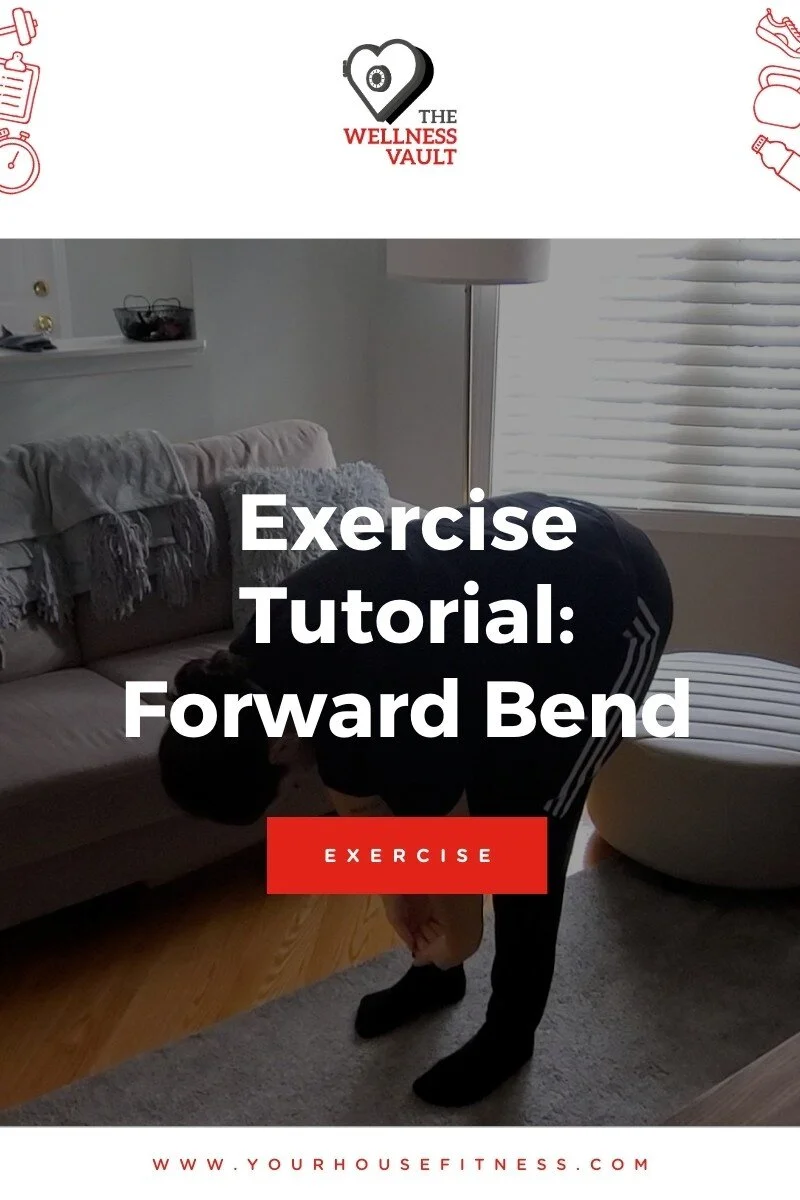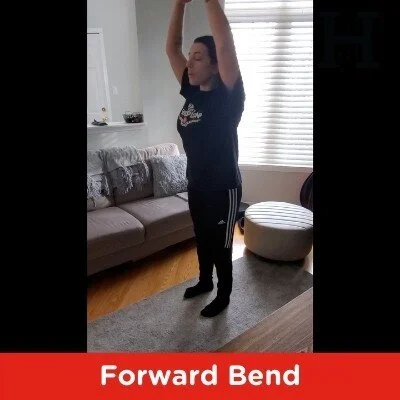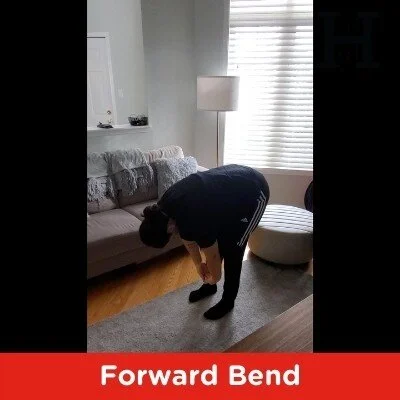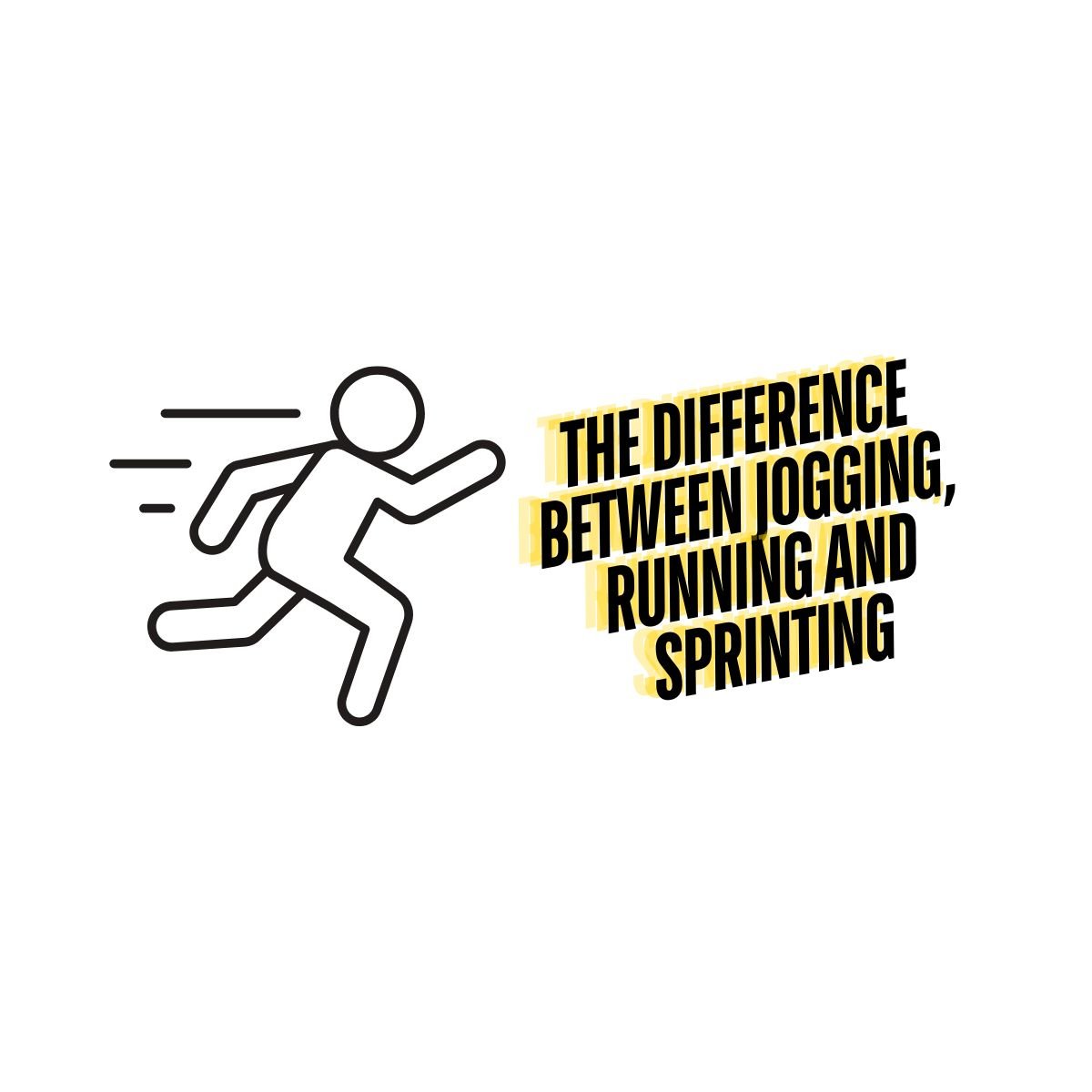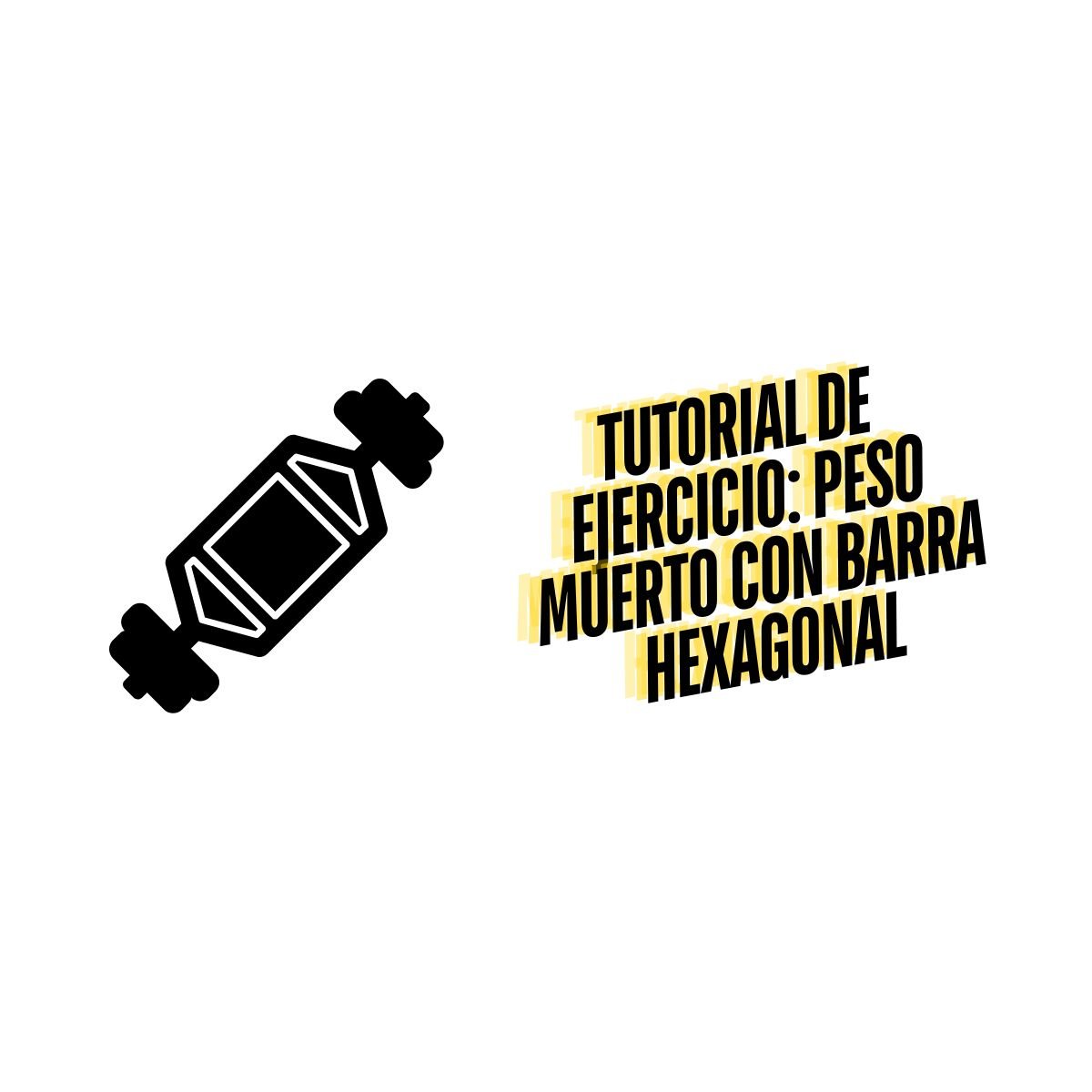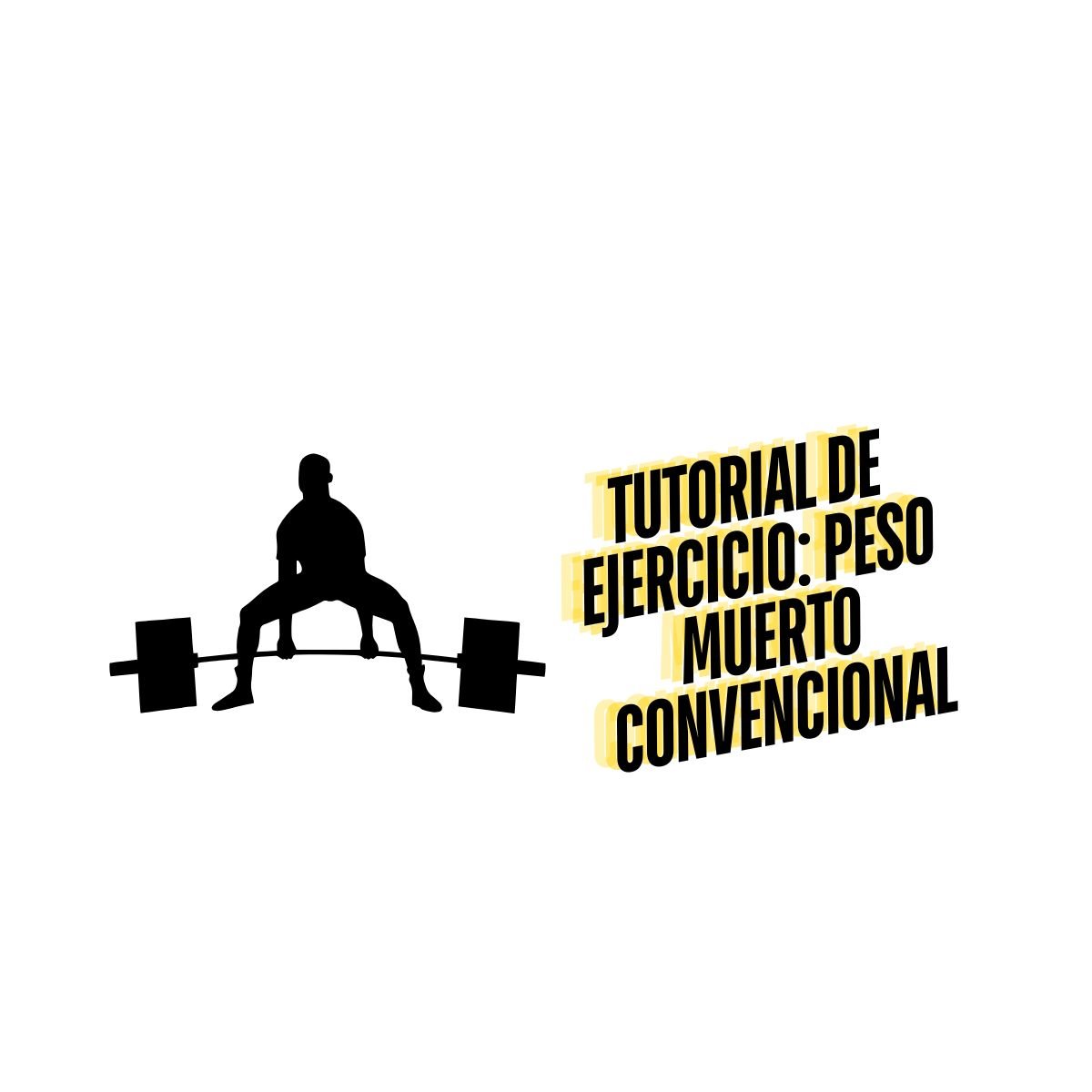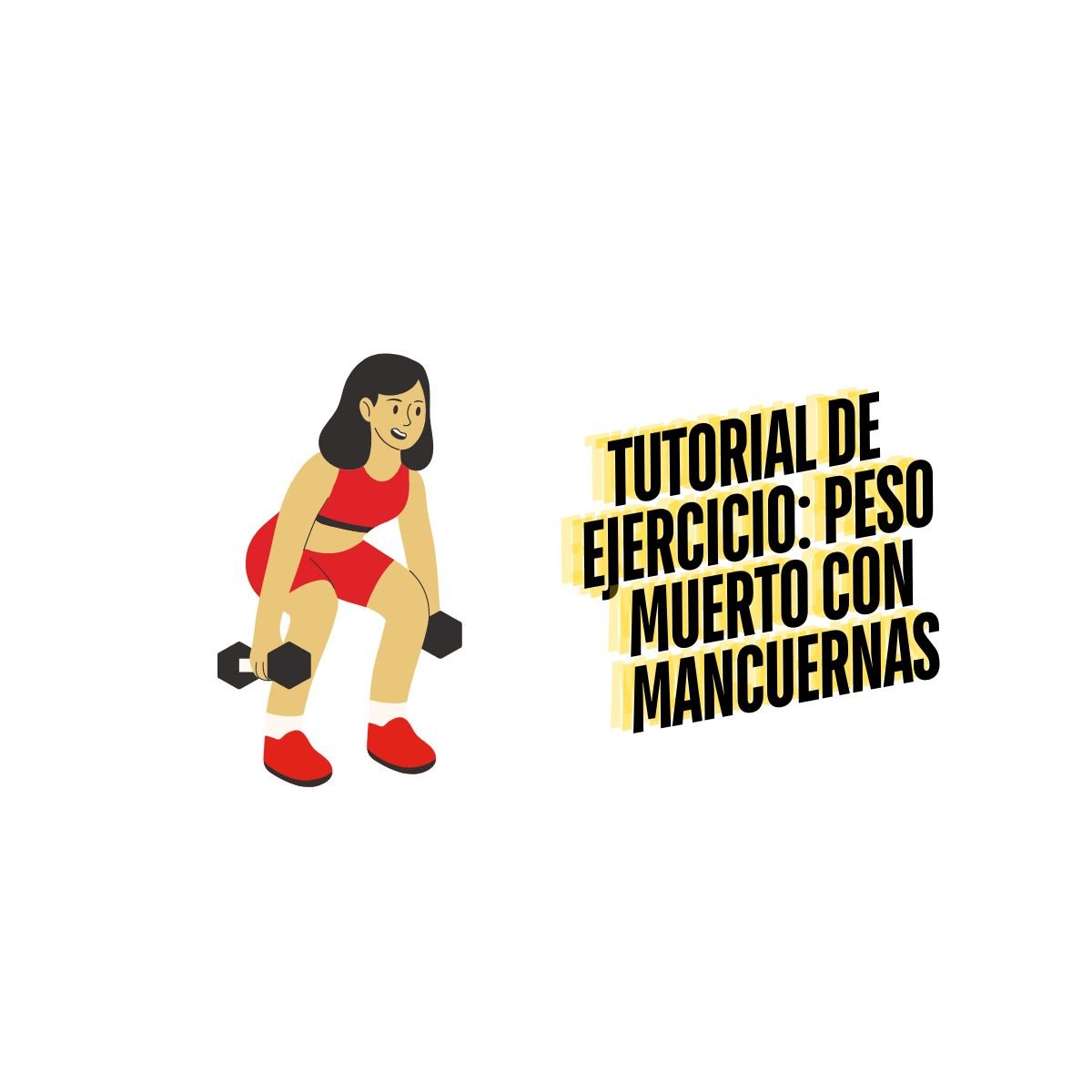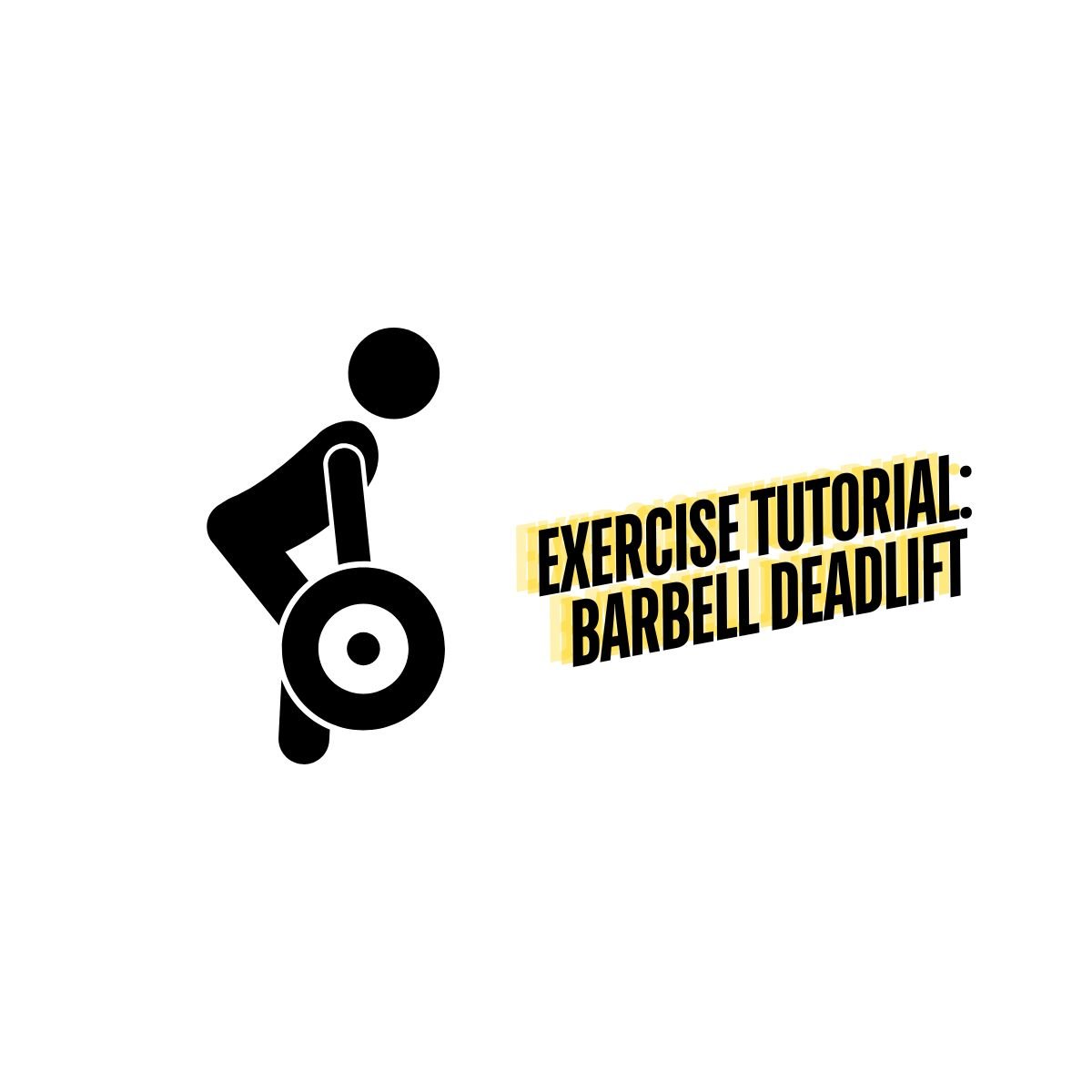Exercise Tutorial: Forward Bend
Table of Contents
What Is a Forward Bend
A forward bend is a Yoga pose that aims to lengthen the entire posterior chain with a focus on the lower body. It is simple to learn and can be performed anywhere! A forward bend is a safe way to increase flexibility in the lower body and relieve tight and stiff muscles.
How to Do a Standing Forward Bend
Learning how to do a Standing Forward Bend is very simple and quite relaxing! To learn how to do the Standing Forwards Bend, follow these easy steps:
Stand tall with your feet hip-width apart and your legs straight.
Raise both hands straight over your head. Take a deep breath and bend forwards at the hips, reaching your hands towards your toes. Some people will be able to go as far as placing their hands behind the ankles, while others may only be able to place their hands on the shins.
Let your head relax and torso fold towards the thighs. Hold this position for 30 seconds.
You have now learned how to do a Standing Forward Bend!
How to do a Seated Forward Bend
Learning how to do a Seated Forward Bend is just as easy as learning the Standing Forward Bend! Follow these easy steps to learn how to do a Seated Forward Bend.
Have a seat on the floor with your torso upright and your legs stretched straight out in front of the body.
Take a deep breath in. As you exhale, use both arms to reach forwards towards your feet. As your torso comes towards the knees, your hands may move past your feet. Simply keep your fingertips in contact with the floor or grasp onto your toes.
Depending on your flexibility, you may not be able to bend all the way forward, but with practice, you can improve over time!
You have now learned how to do a Seated Forward Bend!
Standing Forward Bend Form
When performing the Standing Forwards Bend, there are some important points to remember. To achieve proper form, make sure that you,
Keep your legs straight, but don’t lock out the knees
Bend forwards on your exhale
Let your head and neck hang down naturally
Seated Forward Bend Form
Some things to remember when performing the Seated Forward Bend to maintain proper form include,
Keep the shoulders down and back
Keep your legs straight
Let your head/neck hang down naturally
Perform the bend on your exhale
Forward Bend Benefits
The forward bend has many benefits! Most of which will help to relieve pain and reduce stress levels. Some forward bend benefits include,
Reduces tightness and/or tension in the low back
Stretches the calves, hips and hamstrings
Reduces stress, tension and anxiety
Can be used in a cool down or in Yoga
Can help to improve and/or maintain flexibility
Creates length in the spine
Why Is the Forward Bend Useful
The forward bend is most commonly performed in Yoga because of its dual mind and body benefits. These benefits make the forward bend a useful exercise because not only will performing the exercise stretch your muscles and relieve tension in your back, spending a few moments in the pose will also help to alleviate stress and anxiety in the body ultimately helping the whole body to relax.
Wide-Legged Forward Bend
A Wide-Legged Forward Bend resembles the body forming a triangle shape. This variation of the forward bend will provide an increased stretch in the inner thigh.
Enter a wide stance. This means that your feet will be further than shoulder-width apart. Your feet will be facing forwards.
Begin to perform the forward bend on your exhale. This means that your upper body will bend forwards. Your hands and head will make contact with the ground in front of the body. Hold this position for at least 30 seconds.
Forward Bend Test
The Forward Bend Test is used to detect functional or structural Scoliosis. Functional Scoliosis is evident if the Scoliosis becomes more prominent when the participant bends forwards. Structural Scoliosis will appear the same regardless is the participant is standing or bending forwards.
To perform the Forward Bend Test, the participant will remove their shirt and stand with their feet together and arms hanging at their sides. The examiner will stand behind the participant. When instructed to do so, the participant will bend forwards until the torso is in the horizontal plane. The instructor will then observe and look for asymmetries and form their conclusion.
Head to Knee Forward Bend
The Head to Knee Forward Bend involves the same positioning and movement as the Seated Forwards Bend, except only using one leg. Extend one leg out in front of you and press the sole of the remaining leg flush against the thigh of the extended leg.
Proceed to perform the forward bend by bringing your head down to your knee and reaching your arms just past the feet. It can be helpful to clasp your hands behind the foot to deepen the stretch if you are able to!
How to Bend Forward from the Hips
In the forward bend, you need to bend forward from the hips to perform the stretch. It can be helpful to take a deep breath in first before you start the movement, and then begin to reach forwards as you exhale. This helps the body to relax and achieve a deeper stretch. Begin to bend forwards from the hips by reaching with your hands, followed by the shoulders and then letting the torso follow.

